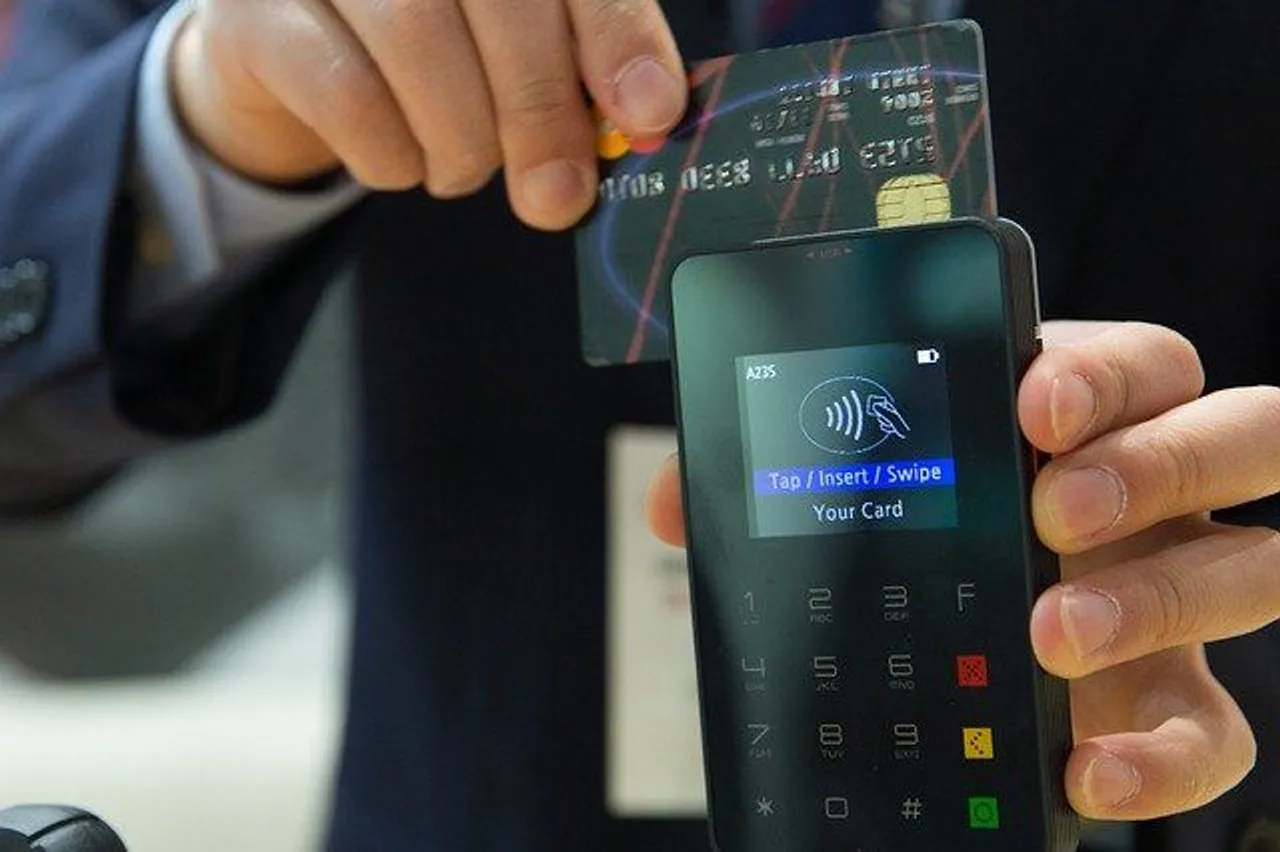
If your business is looking to scale up to an international presence, global payment card features can help your business to gain more transactions from consumers.
But what sort of features are available and how can it work for you, the merchant?
After all, credit and debit card payments remain an essential checkout method for many tens of millions of consumers around the world.
And to tap into that, you can use global card payment options. Here’s how you can apply this to your checkout.
What is global payment credit card processing?
Global payments through credit card processing is where a consumer pays a merchant for a transaction—using a credit card.
This is where having a merchant account comes into play. How do you pay globally? With a payment processor. It’s that simple.
Online credit card processing allows for card payments over the internet. To do this, merchants need a payment processor and a payment gateway.
And an example of this is us here at FasterPay—along with digital wallets, we provide merchant accounts to provide global online payments.
With FasterPay payments, businesses can accept global payments from consumers using cards (and other methods, such as via digital wallet).
To make any card payment process, merchants need to move essential data across the internet.
That’s where a payment gateway and processor comes in. This is a lightning fast process that only takes a few seconds, but completes multiple complex verification steps between the customer, their bank, and your business.
From your side, as a merchant, you don’t have to do much—once you have the likes of FasterPay integrated into your checkout, we take care of the rest.
Developing your global card payment acceptance strategy
As a merchant, the number of transactions that successfully complete leads to your acceptance rate.
The higher your rate is, the better. But there can be issues that get in the way of this, which means you need to optimize your processes.
A strategy is a great way to achieve that goal. This should look to address key issues such as the following.
Deep dive into your decline data
Taking a close look at your customer data is the most important step. You should take a close look into:
- Why some transactions are declined.
- The historic decline data you have in your records.
There are often legitimate reasons for a decline, such as a customer not having enough funds in their account.
Or they may be using a stolen card, which is why you need to ensure you have the latest security measures available to you.
When you analyze your data, you can find the reasons exactly what the main problems are and put in place strategies to avoid them happening.
Optimize your payment page design
Consider the layout of your checkout area. Is it user friendly? Having a payment design that’s easy to follow and complete is a crucial stage of the sales funnel.
So, review your page design and make sure it’s clear to follow for a wide demographic of consumers.
The payment entry form you need customers to complete should be clear, short, and easy to manage. You should also:
- Provide a payment progress bar.
- Always display how much the customer will need to pay.
- Offer mobile payment options and other APMs (more on this further below).
This can greatly facilitate payment acceptance and reduce churn rates.
Consider your customer locations
Consider where your customers are—this can greatly affect acceptance. For example, you’ll find that local customers local to you usually have no issues making payments.
For those all around the world, you need to make payments as seamless as possible. This can then drastically reduce the number of card declines.
How do you do that? Well, one of the best methods is to sign-up with a payment processor. FasterPay is, again, another example of this! We help businesses reach global customers with a wide range of features.
The payment gateway is the main part of this process. So, let’s take a look at how it works and how it’ll help improve your sales rates.
How do payment gateways work?
A payment gateway follows a series of steps that are designed to help a customer complete a transaction.
It’s a complex process that only takes a few seconds to complete. It goes like this:
- A customer arrives at your checkout to enter their payment details. Once they’ve done that, their details are encrypted and sent across the internet.
- The data arrives at the payment gateway, where they’re forwarded to the customer’s bank. The bank then performs security and fund checks.
- Transaction details then return to the payment gateway, which forwards all the data back to your checkout.
At that point, if the funds are there then the transaction is complete. It’s a seamless process that is a certain way to increase your acceptance rates of cards worldwide.
This enables global cash card automatic payments and greatly speeds up the speed of your transactions.
But if you’re wondering, “How do I secure my payment gateway?” Well, this is automatic and part of the service.
Many customers are often left to think, “Is it safe to give credit card number and expiry date and CVV?” And in the case of payment gateways, yes it is.
Encryption is the main method in use to keep data safe.
How do you test international payments?
Like any business, you’ll want to perform a test run of your payment processor before completing any global cash card overseas payments.
Payment gateway testing is a common process for any system. It ensures reliability, security, and overall performance for consumers.
Before you test anything, make sure you collect test data using dummy cards from a wide variety of providers.
You should also collect payment gateway details, such as error codes.
Once you’ve done this, there are various tests you can carry out before launching your new checkout system. This includes:
- Functional testing of the payment gateway to verify its performance.
- Test integration with credit card service(s).
- Performance testing of the system.
If everything is working as expected, then you’re all set to accept international payments.
Using alternative payment methods
Don’t forget, you don’t have to rely on a global payment card processor to accept funds from customers all around the world.
If you need a global payment solution for website checkout, credit card alternatives are a future-proof option to go for.
You can check our full alternative payment method guide for full details.
But in short, you can turn to other methods such as:
- Digital wallet.
- eChecks.
- eCash.
- In-app payments.
- Direct debit.
- Bank transfers.
- Prepaid cards.
So, you have a wide range of choices available.
But if you want to commit to cards for their trustworthiness and familiarity, then you can step your business up to accept global card payments.
FasterPay’s credit card processing solution
Setting up your FasterPay Payments account is safe, secure, and easy.
You can quickly sign-up to a FasterPay business account to begin the process of integration into your checkout.
You can also find our app for free here:
Any questions? We have our 24/7 customer support team waiting to answer them: support@fasterpay.com.



